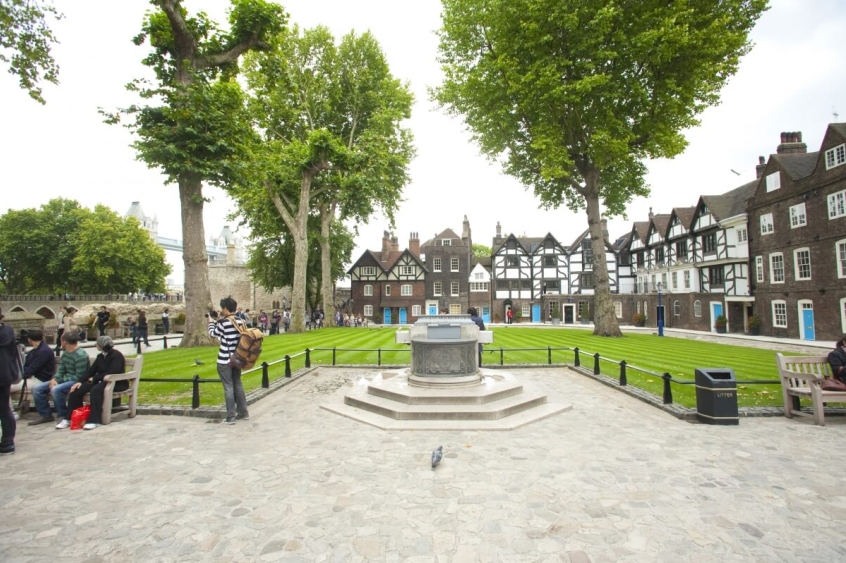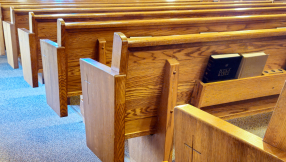
Archaeologists working on London's iconic Tower of London have found dozens of marks aimed at warding off the forces of evil carved into timbers.
The marks are believed to have been made between the mid-16th and early 18th centuries as a way of magically protecting the building and its inhabitants.
They were believed to offer a defence against natural disasters like lightning and fire, and to guard against the spells of witches.
The period was one of the most troubled in British history, spanning the religious unrest of the time of Henry VIII and his successors, the Civil War and the Stuart rebellion of 1715.
Alden Gregory, Historic Royal Palaces' Curator of Historic Buildings, told the Independent: "The newly discovered marks shed interesting new light on life in the Tower of London in often troubled times."

Among the marks found are two double V signs, two mesh patterns and a wheel-shaped symbol. The V-signs represented the Virgin Mary (Virgo Virginum or 'virgin of virgins', a traditional title for Mary), while the mesh symbol represented a net in which demons could be caught and prevented from entering the building. The wheel-shaped 'hexfoil' or 'triskele' was another form of demon trap, as demons were thought only to follow straight lines and could therefore be eternally trapped within a circle.
Other symbols discovered included 20 burn marks on a door in the Queen's House, which served as the residence of the monarch's representative, the Lord Lieutenant of the Tower. The vertical lines, between three and seven centimetres long, were singed into the wood in groups.
Archaeologists also found a ritual deposit of animal bones and other everyday objects including strips of leather and broken clay pipes which had been placed in a chimney, probably in the early 18th century. They believe they were put there as a way of seeking to confuse the devil.
The survey was led by Museum of Archaeology historic buildings specialist, James Wright.
"The Tower of London is well known for historical graffiti associated with high profile political prisoners, but the recent discoveries offer a new perspective. Scratched and burned into the very timbers of the building, they reveal something of the hopes, fears and desires of the everyday occupants of this iconic castle," said Mr Wright.
"The new discoveries at the Tower – one of the largest groups of ritual protection marks ever found in Britain – reveal the depth of spiritual fear that seems to have gripped ordinary members of staff at the Tower at some periods in its past," said an expert on ritual protection marks, historian Matthew Champion.
















